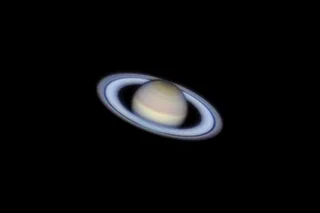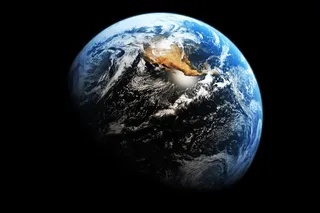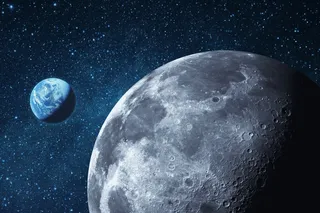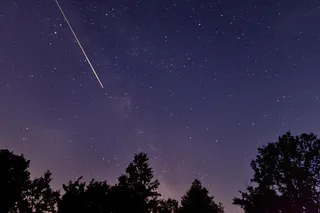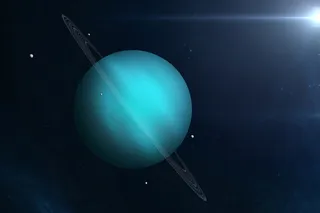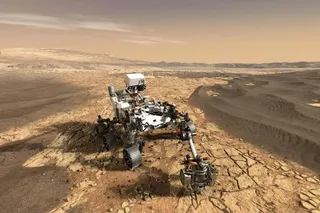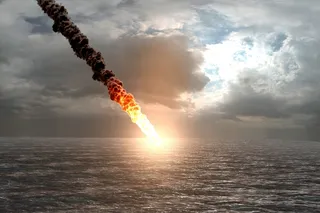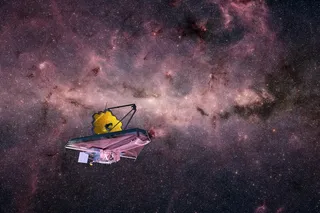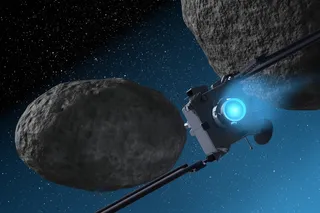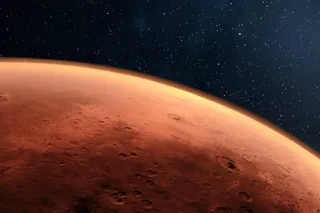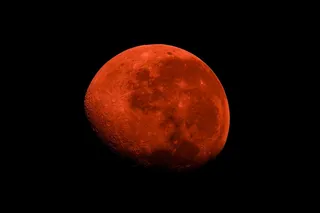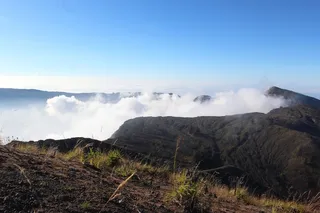NASA’s Magellan mission is one of the most successful deep space missions of all time. The spacecraft provided the first and most complete image map of the surface of Venus, and the most comprehensive and detailed data of the planet’s gravity and surface.
Although the original mission launched in 1989, the data collected is still helping scientists with new discoveries. Recently, a team used the archival Magellan data to find evidence that tectonic activity is happening below Venus. This activity, characterized by a feature called a corona, may be deforming the planet’s surface in a way similar to events in Earth’s past.
“Coronae are not found on Earth today; however, they may have existed when our planet was young and before plate tectonics had been established,” said Gael Cascioli, assistant research scientist at the University of Maryland, Baltimore County, and NASA’s Goddard Space Flight Center, and lead author of the new Science Advances study in a press release. “By combining gravity and topography data, this research has provided a new and important insight into the possible subsurface processes currently shaping the surface of Venus.”
Read More: The Hidden Layers of Earth and Tectonic Plate Movements
Deciphering Venus’ Surface
On Earth, large pieces of crust floating on molten rock – known as tectonic plates – are constantly shifting and recreating the planet’s surface. Tectonic plates are also responsible for many natural disasters like earthquakes, tsunamis, and volcanic eruptions.
Venus does not have tectonic plates, but the planet’s surface is still being changed by underground molten material. The research team turned to Magellan’s data to answer the question: if it isn’t tectonic plates causing surface changes on Venus, what is it?
The answer appears to lie in the planet’s corona. There are hundreds of coronae on Venus, often oval-shaped and ranging in size from dozens to hundreds of miles across. The presence of a corona typically indicates a spot on the surface where hot material from the planet’s mantle rises. This rise in molten material causes the lithosphere – where the planet’s crust and uppermost part of the mantle meet – to push upwards, resulting in land features similar to peaks and valleys.
“Coronae are abundant on Venus. They are very large features, and people have proposed different theories over the years as to how they formed,” said coauthor Anna Gülcher, Earth and planetary scientist at the University of Bern in Switzerland. “The most exciting thing for our study is that we can now say there are most likely various and ongoing active processes driving [the coronae] formation. We believe these same processes may have occurred early in Earth’s history.”
The new study used 3D geodynamic models to illustrate different possibilities for how Venus’ coronae formed. These models were then compared to the gravity and topography data from the Magellan mission. What these comparisons revealed was that 52 out of the 75 coronae studied are atop mantle material that is actively driving tectonic processes. It also shows that Venus and Earth share more geological processes than previously thought.
The Next Venus Mission
The team working on this study includes members of the VERITAS (Venus Emissivity, Radio science, InSAR, Topography, and Spectroscopy) mission. They are hopeful that the mission, launching sometime around 2030, will be able to provide more high-resolution data about Venus to help complete the picture of its tectonic processes.
“The VERITAS gravity maps of Venus will boost that resolution by at least a factor of two or four, depending on location – a level of detail that could revolutionize our understanding of Venus’ geology and implications for early Earth,” said coauthor Suzanne Smrekar, a planetary scientist at JPL and principal investigator for VERITAS, in the press release.
Read More: Venus May Have Once Hosted Seas Like Earth, But Is Bone Dry Today
Article Sources
Our writers at Discovermagazine.com use peer-reviewed studies and high-quality sources for our articles, and our editors review for scientific accuracy and editorial standards. Review the sources used below for this article:




